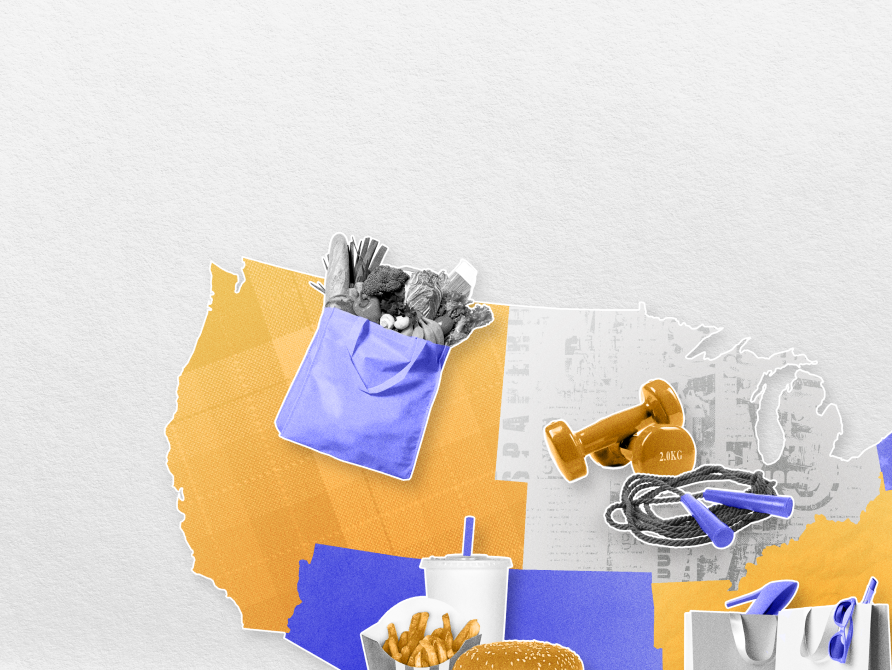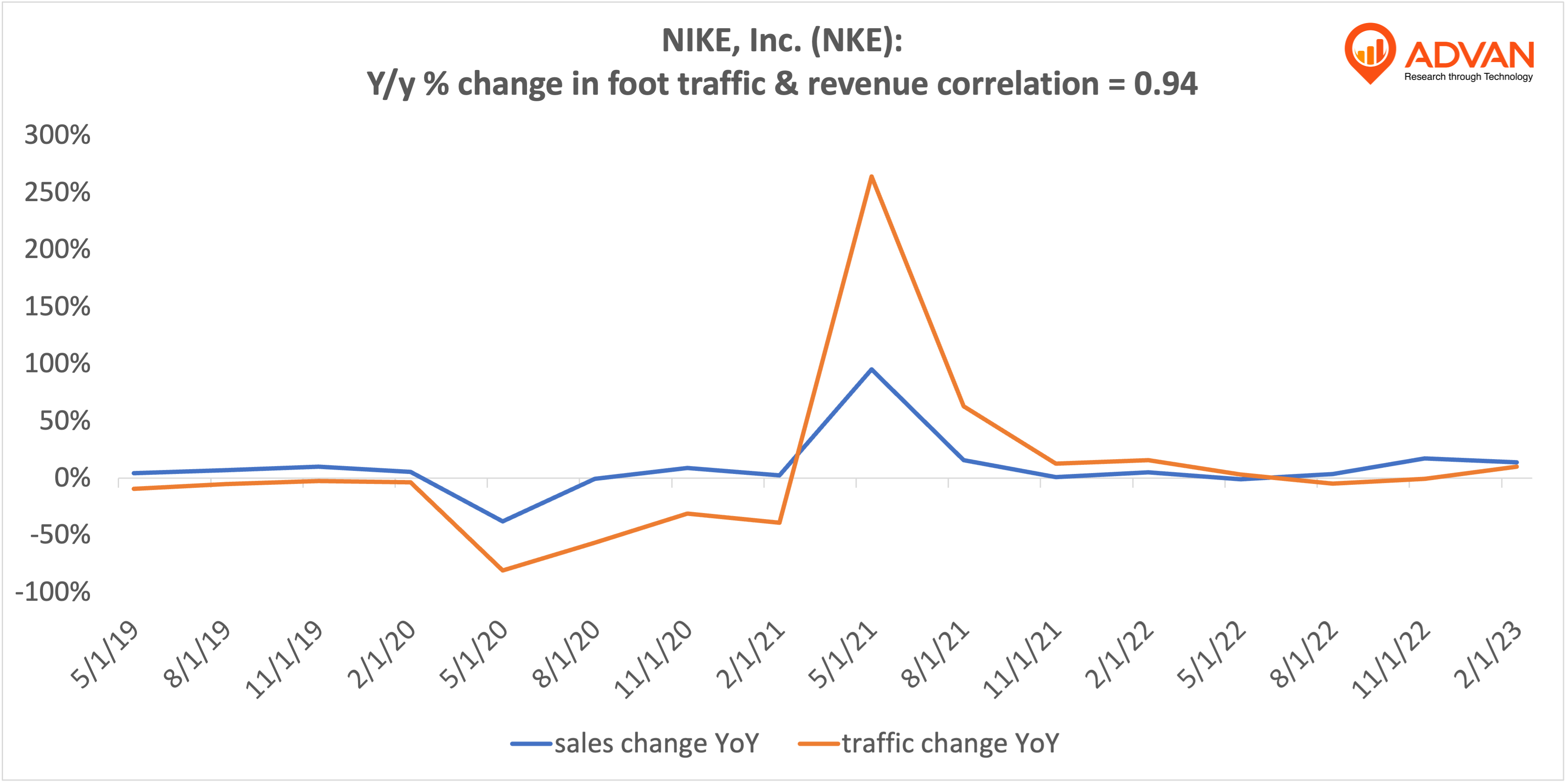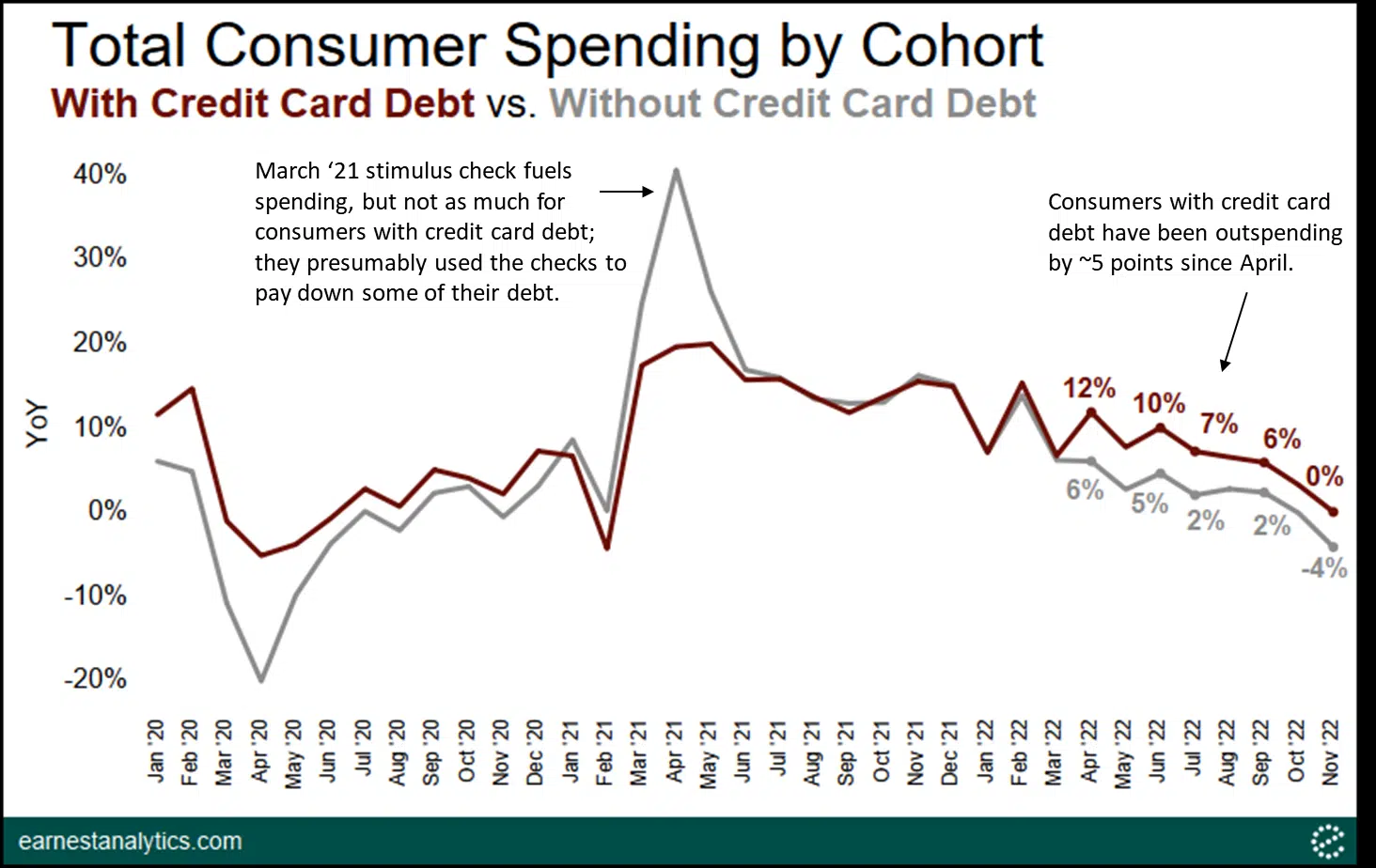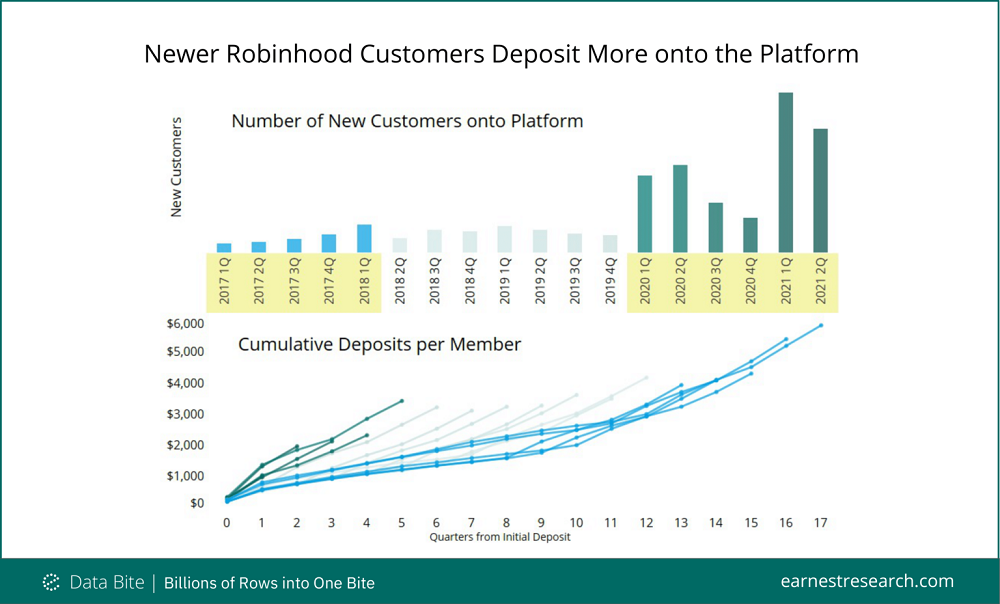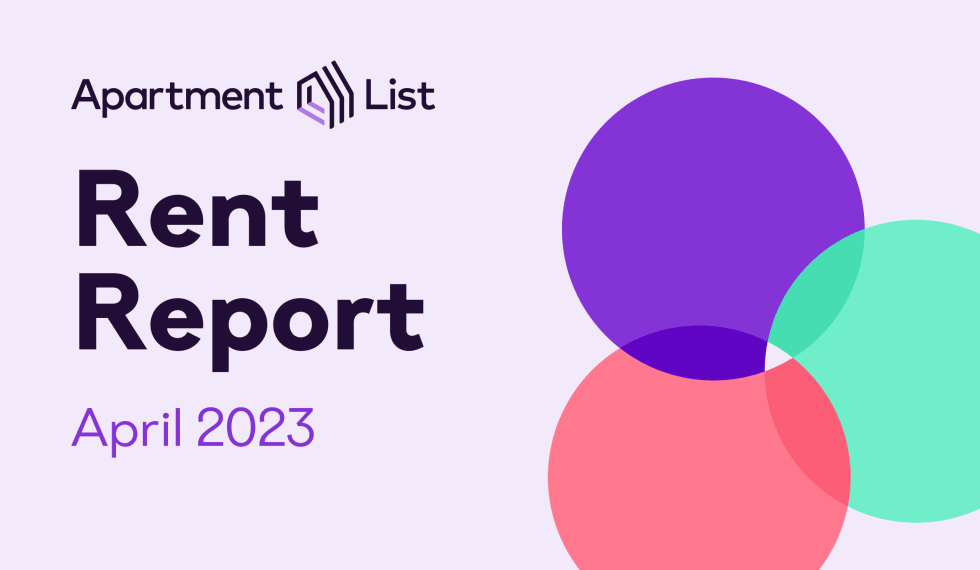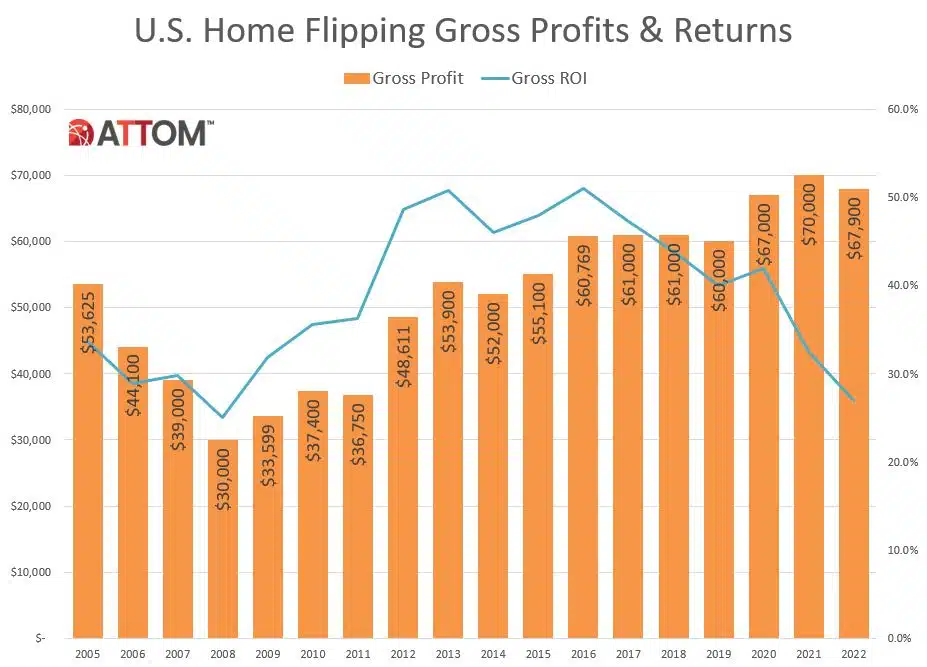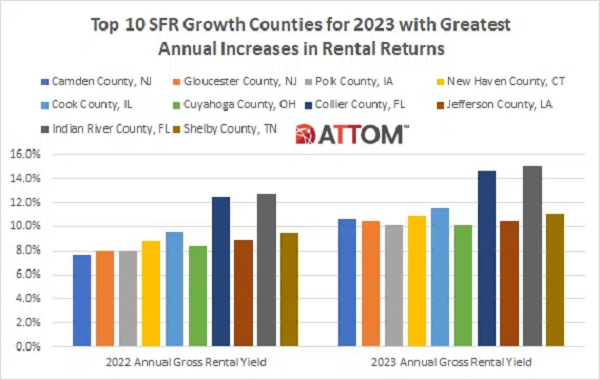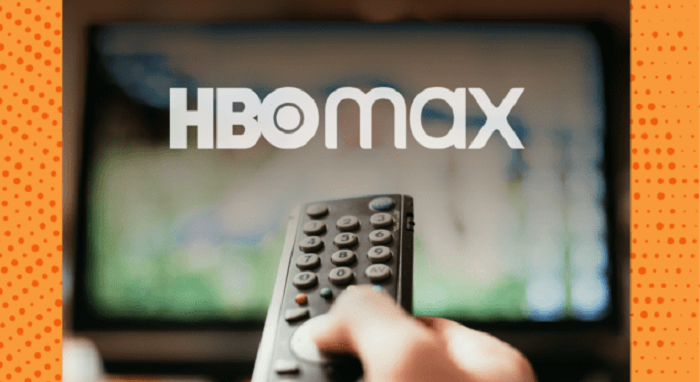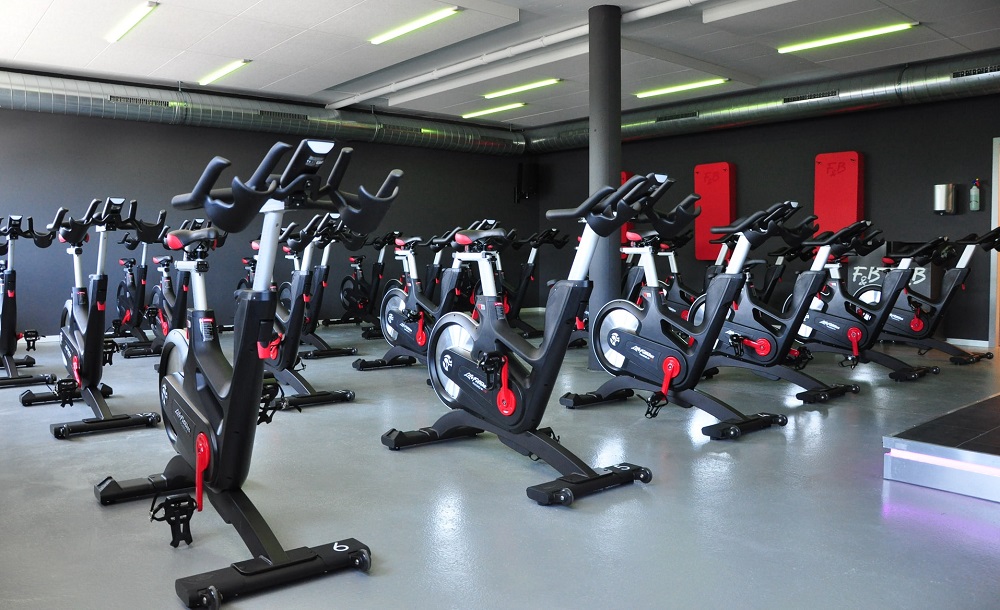Our latest white paper looks at recent mall performance from a location analytics perspective. Consumer behavior trends indicate that shopping behavior is stabilizing, and foot traffic data shows that visits are bouncing back, with some months in 2021 even exceeding 2019 visit levels. The Mall Deep Dive – 2021 Yearly Review white paper looks at top tier indoor malls, outlet malls, and open-air shopping centers to evaluate nationwide and regional foot traffic trends, analyze the correlation between online searches and mall visits
After launching in July 2020, Comcast's Peacock TV has been installed on 50 million mobile devices and generated $45 million via in-app purchases. All of this is in the United States, the only market where the app is available for use. The one-two punch of the Super Bowl and the Olympics has enabled the app to reach a new record for daily downloads (339.4k on 2/16/22) and IAP revenue ($335.3k on 2/16/22). NBC had streaming rights to both highly anticipated sporting events.
Off-price foot traffic has been outperforming the apparel average for all through 2021, and recent data shows that visits across the sector are still strong. To better understand the sector, we analyzed overall visit performance and consumer behavior patterns for T.J. Maxx, Marshalls, Burlington, and Ross Dress for Less to see how these off-price leaders capped off 2021 and to understand what lies ahead for the sector in 2022.
Health and fitness apps have a predictable spike in downloads, revenue and usage every late December through January. For regular category leaders, like Calm, MyFitnessPal and Planet Fitness, rank may increase nominally with the seasonal intention-setting. The real story is of who shows up for the first time – especially if they sustain Top Chart status into mid-February.
Like the malls they anchor, department stores were being eulogized long before the COVID pandemic hit American retail. But whereas many malls bounced back already in the summer of 2021, many department store brands continued to struggle to return to pre-pandemic foot traffic levels. Now, with two years of pandemic life behind us, we dove into foot traffic to leading high-end and mid-range department store chains to understand how the “new normal” looks for this critical retail sector.
On Valentine’s Day, love is in the air but does it drive people to install dating apps? Looking at monthly data, dating app downloads in the U.S. actually tend to drop in February from January and rise up again in March. In-app purchase revenue follows the exact same pattern. 2020 was an exception, with March continuing the downtrend due to the onset of the pandemic. But what about on the holiday itself and/or leading up to it? There is a slight uptick, again with the exception of 2020, leading into Valentine's Day.
When many Americans sheltered in their homes early in the coronavirus pandemic, meal delivery sales reached new heights. Our data reveals that in January 2022, sales for meal delivery services grew 7 percent year-over-year, collectively. The ongoing pandemic may also be driving more Americans to make their first meal delivery purchase. In January 2022, 51 percent of U.S. consumers had ever ordered from one of the meal delivery services in our analysis, up from 46 percent a year ago.
When U.S. cities and states faced shelter-in-place orders to limit the spread of the coronavirus, Americans’ reduced mobility resulted in plummeting sales at rideshare companies. With the exception of year-end dips in 2020 and 2021, sales have been gradually recovering since April 2020. Our consumer spending data shows that Uber sales were up 84 percent year-over-year and Lyft sales were up 62 percent year-over-year in January 2022.
Last week we looked into a day in the life of a Chief Data Officer, and noted that CDAOs seem to be commonly recruited straight out of academia. The week before that, it was the former academics that founded successful unicorns. This week we will shift our focus to understanding talent flows in and out of Higher Ed institutions. Existing economic literature shows that, in the context of teaching careers, outside options matter greatly as higher quality teachers enter the workforce during recessions.
The home furnishing sector got a boost in 2020 as the excessive amounts of time spent indoors pushed people to upgrade their living space. Since then, the country has opened back up, but home furnishing foot traffic is still booming. To better understand this category, we dove into foot traffic patterns for Tuesday Morning, At Home, HomeGoods, and Floor & Decor to see how these visit leaders performed in 2021 and find out where the sector is headed in 2022.
Total construction starts increased 4% in January to a seasonally adjusted annual rate of $923.4 billion, according to Dodge Construction Network. Nonresidential building starts increased 4%, and nonbuilding starts rose 18%. Residential starts fell 1%. Compared to one year ago, total construction was 8% higher in January 2022 than in January 2021. Nonresidential building starts were up 14%, nonbuilding starts rose 12% and residential starts gained 2%. For the 12 months ending January 2022, total construction starts were 13% above the 12 months ending January 2021.
When Neil Young pulled his music catalog in protest, he set off a series of events that few could have anticipated. Since then, Spotify has been caught in a maelstrom of public outcry, trending hashtags (#deletespotify), musician exits, and account cancellations. It can be hard to tease apart the impact this is having on Spotify’s business, but with tools from Similarweb Digital Suite, we can take a deeper look into just how wild of a week Spotify had from January 24 to January 30.
The COVID-19 pandemic brought disruption to the flower industry—from plummeting demand, forcing nurseries globally to destroy millions of flowers early in the pandemic, to the supply chain issues resulting in the global flower shortage more recently. Despite these issues, transaction data shows that sales among DTC flower upstarts jumped during the pandemic, particularly during holidays such as Mother’s Day and Valentine’s Day.
Home Improvement boomed in 2020 as Americans got started on DIY projects that had been on the back burner for years. Now that routines are (almost) back in full swing, we dove into recent foot traffic to Lowe’s Home Improvement, The Home Depot, and Tractor Supply to see how the sector performed in 2021 and what lies ahead for 2022. We also looked at Lowe’s new collaboration with Petco to understand how this expansion fit into the larger home improvement landscape.
Valentine’s Day is here, and love is in the air. At least, that’s the hope of dating sites that are taking aim at singles looking for a serious relationship. Data from our ad intelligence tool, Pathmatics Explorer, shows that the top 3 advertisers in the Dating category spent nearly $7M on digital ads from January 1 through February 1, 2022. Let’s take a closer look at how Match.com, eHarmony, and Tawkify advertised as Valentine’s Day approached this year.
Pets can be extremely loyal to their owners, showering affection in exchange for food and shelter. But are pet owners as loyal to the retailers supplying pet necessities? In today’s Insight Flash, we look at 1-800-PETMEDS, Chewy, Petco, and PetSmart using our newly launched CE-Q Subscription Dashboard and CE Receipt Data to evaluate which brands do the best at earning repeat business, attracting new customers, and leveraging basket size.
Walmart and Target both enjoyed strong summer visit metrics as the combination of retail’s reopening, pent up demand and limited COVID cases created a powerful opportunity. Yet, the winter holiday season presented a much trickier situation, with labor shortages and supply chain challenges creating a significant obstacle that was only exacerbated by rising COVID cases in December and January. So, how did the two retail giants perform in late 2021 and early 2022?
What happens to the virtual dating market during a lockdown? On the one hand, with bars and clubs closed, people gravitate towards virtual meeting places. But on the other hand, what are these people to do when they find a suitable partner online but cannot take the next step and meet in person? This was the conundrum facing Tinder, Hinge, Bumble, Badoo and the rest for the past two years, although they were certainly not complacent about it.
It’s not TV. It’s HBO. The retired slogan still rings in our ears. HBO elevated original content before it was cool. But for years, brands couldn’t take advantage of the company’s massive audiences. This changed last year. HBO Max entered the advertising-based video on demand (AVOD) landscape. With its content, limited advertising and affordable pricing, HBO is trying to take on the biggest players: Netflix and Disney+. But unlike these other leading OTT platforms, HBO Max has advertising spots that can help media planners and brands get in front of targeted audiences.
Peloton has been plagued with troubles recently. First there were safety concerns with its treadmills. Then there was negative PR as popular shows depicted characters suffering heart attacks while riding. Finally, there was an announcement this week of layoffs for 2,800 employees and a new CEO. But will Peloton’s loyal customer base ride on? In today’s Insight Flash, we use our newly launched Subscription dashboard as well as our CE Web data to look at Peloton’s retention over time, how it has compared to other workouts in attracting new customers, and whether class innovation has led to expanded adoption.











